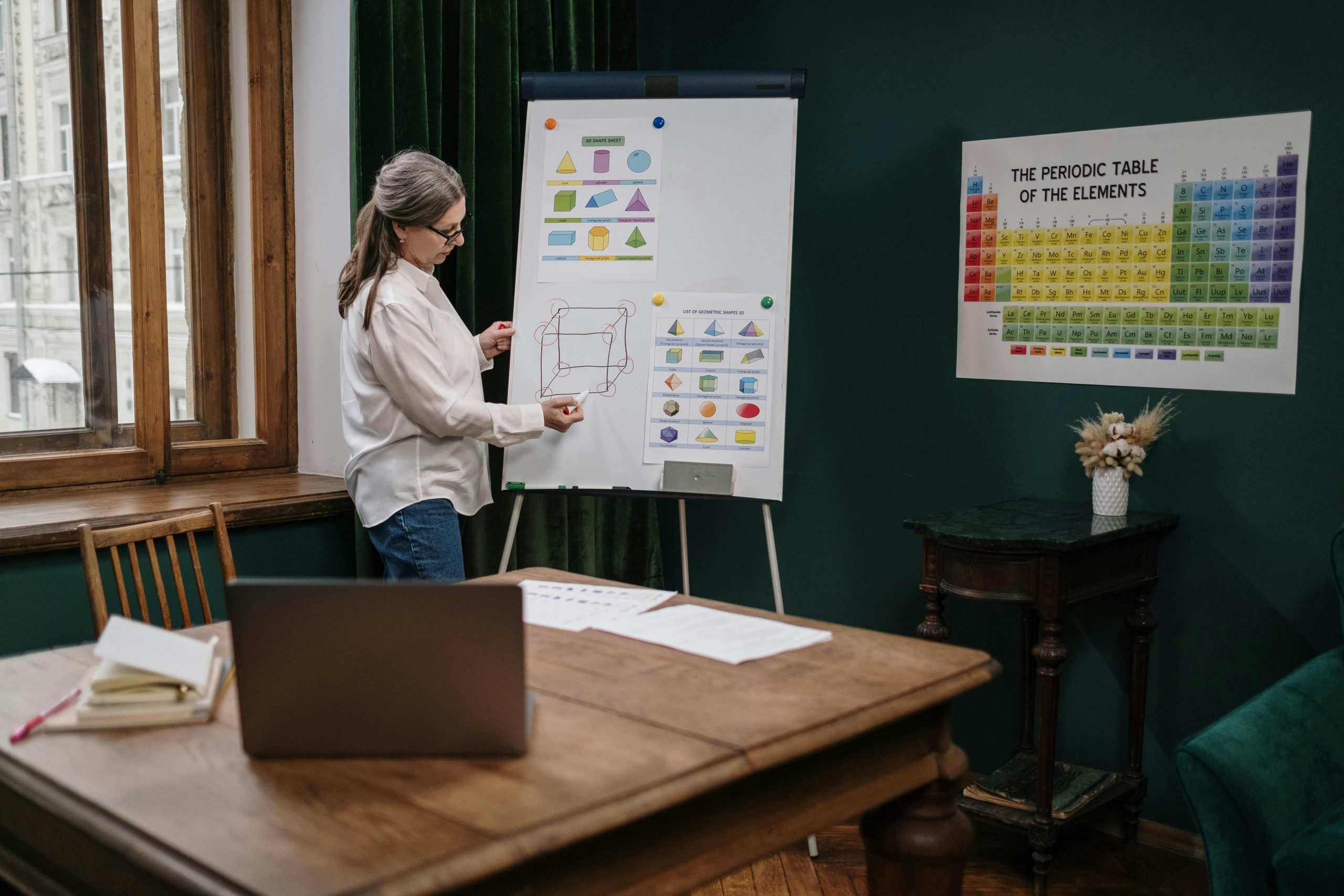The Beginner’s Guide to Setting Up a Flipped Classroom Model
Flipped classrooms have quickly gained popularity in the education industry, revolutionizing the way students learn and teachers teach. This innovative approach to learning has proven to be effective in enhancing student engagement, understanding, and academic performance. With the advancement of technology, setting up a flipped classroom model has become easier and more accessible than ever before. In this beginner’s guide, we will delve into the basics of what a flipped classroom model is and how you can set it up for your students.
Understanding the Flipped Classroom Model
Traditionally, classroom teaching involves teachers delivering lectures in the classroom, and students are given assignments and homework to complete at home. In a flipped classroom model, this process is reversed. Students are first exposed to the lesson material at home, in the form of videos, readings, or other resources. This allows them to gain a basic understanding of the concepts at their own pace and convenience. Then, in the classroom, the teacher engages students in activities, discussions, and projects that deepen their understanding and application of the learned material.
The flipped classroom model provides students with the opportunity to engage with the lesson material outside of the traditional classroom setting, allowing them to learn independently, collaborate with others, and develop critical thinking skills.
Setting Up a Flipped Classroom Model
1. Identify Your Learning Objectives
The first step to setting up a flipped classroom model is to identify the learning objectives for each lesson. This will help you determine the materials you need to create or select for students to engage with outside of the classroom.
Start by brainstorming the key concepts, skills, and knowledge students should take away from the lesson. This will guide you in selecting or creating appropriate resources for students to access at home.
2. Create Engaging Learning Materials
The success of a flipped classroom model relies heavily on the quality and relevance of the learning materials provided to students. Whether you choose to create your own videos, assign readings, or use online resources, ensure that the materials are engaging, visually appealing, and aligned with your learning objectives.
It is essential to consider the learning styles of your students and cater to their diverse needs when creating or selecting materials. For example, some students may prefer video lectures, while others may benefit from written texts or interactive activities.
3. Utilize Technology Effectively
Technology plays a crucial role in a flipped classroom model. It allows students to access course material at their convenience and provides teachers with the tools to create interactive and engaging learning materials. Consider using learning management systems, online platforms, or video conferencing tools to facilitate the flipped classroom model.
Introduce students to the necessary technology and provide resources for them to troubleshoot any technological challenges they may encounter while engaging with the lesson materials.
4. Plan Classroom Activities Strategically
The in-class activities you plan should complement the lesson materials students have accessed at home. These activities should encourage students to apply what they have learned and foster collaborations and discussions among students.
Consider incorporating a variety of activities, such as group work, debates, case studies, and hands-on projects, to make the classroom experience interactive and engaging for students.
5. Engage in Continuous Assessment
A flipped classroom model provides students with the opportunity to engage with the lesson material at their own pace. However, it is still essential to track their progress and understanding continuously. This can be done through in-class assessments, quizzes, or other forms of formative assessment.
Regular assessment also allows teachers to identify areas where students may need extra support and adjust their teaching accordingly.
In Conclusion
The flipped classroom model brings about a paradigm shift in the traditional learning approach. By providing students with the opportunity to engage with lesson materials both inside and outside the classroom, it allows for a more personalized and interactive learning experience.
However, successful implementation of a flipped classroom model requires careful planning, relevant and engaging learning materials, and the effective use of technology. As a beginner, it may take some trial and error, but with consistent effort and dedication, you can set up a flipped classroom that enhances your students’ learning and academic performance.











